How to physically prepare for big tournaments and specific venues like links golf.
As the Major championship season comes to a close, it’s the time of year when links golf is on everybody’s mind and golfers in numbers will descend upon similar venues all around the world.
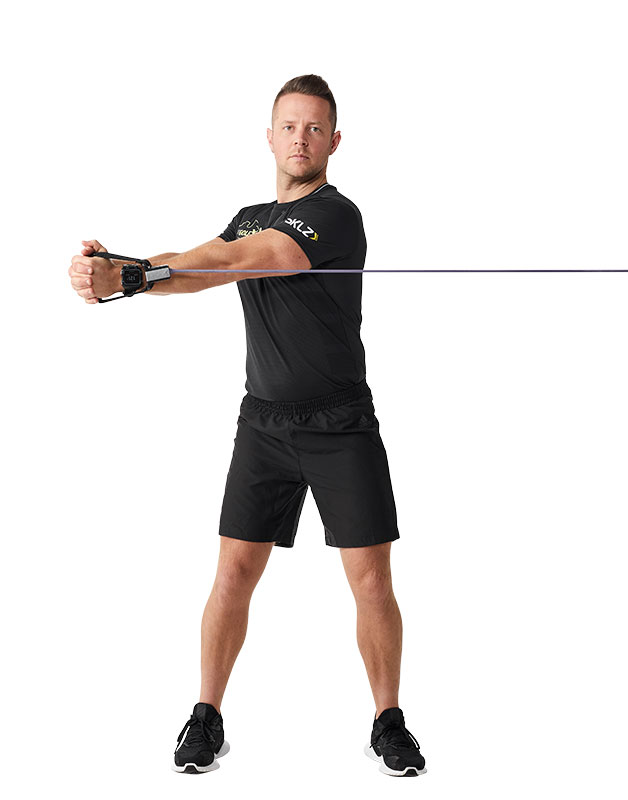
Whether you are touring around the famous links venues through the UK and Ireland, or simply heading to your nearest coastal links layout in Australia, the questions asked of every golfer by links courses remain consistent wherever you are playing.
While it is extremely important to expand your shot repertoire to be able to meet the requirements of a links golf venue, one very important element of preparation must be considered, and that is physical preparation.
In order to perform at your best, you must first consider the attributes of links golf. These include undulating surfaces, long and thick rough, deep bunkers, wind, cold weather, sometimes wet conditions and long days if you’re lucky enough to be playing in Europe in summer.
Fit Golf has prepared your ultimate guide to physical preparation for links golf to help you perform at your best.
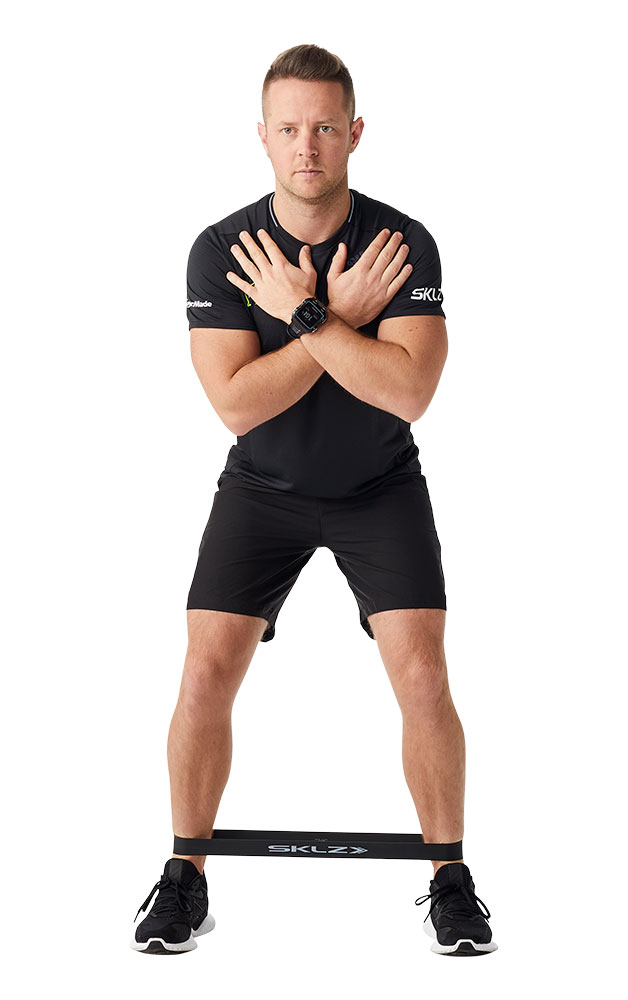
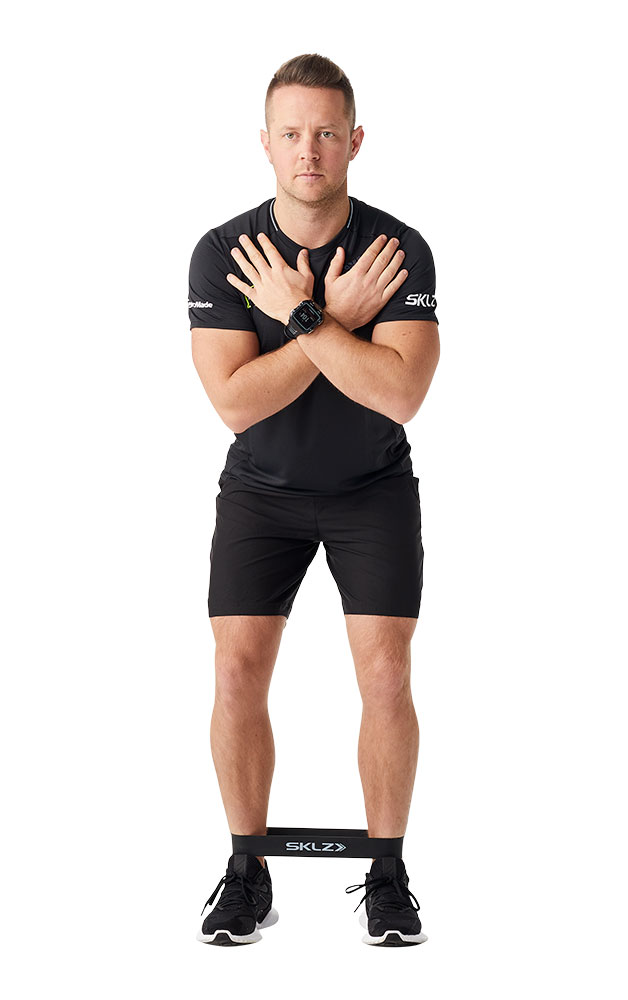
Playing in the wind and rain
A stable base is critical. Crab walks are one of the best ways to increase your lower-body stability to help you stay anchored to the ground, even in the windiest and slipperiest of conditions.
Long rough
Having the strength to muscle your club through thick rough is a test that everyone will face at some point in their round on a links golf course. While shoulder and wrist strength are critical, there is nothing more important than core strength. Trunk rotation and planks are a great way to help you achieve the strength that you need to dig that ball out of the thick stuff.

Undulating surfaces
Varying slopes and severe stances are common features of links golf courses. While lower-body stability and core strength will definitely assist in maintaining your posture, one of the keys is the hip hinge movement. The majority of golfers struggle when the ball is below their feet due to a lack of mobility. Try this hip hinge exercise to help you reach the ball when it is below your feet. This exercise will also help you in those deep bunkers!
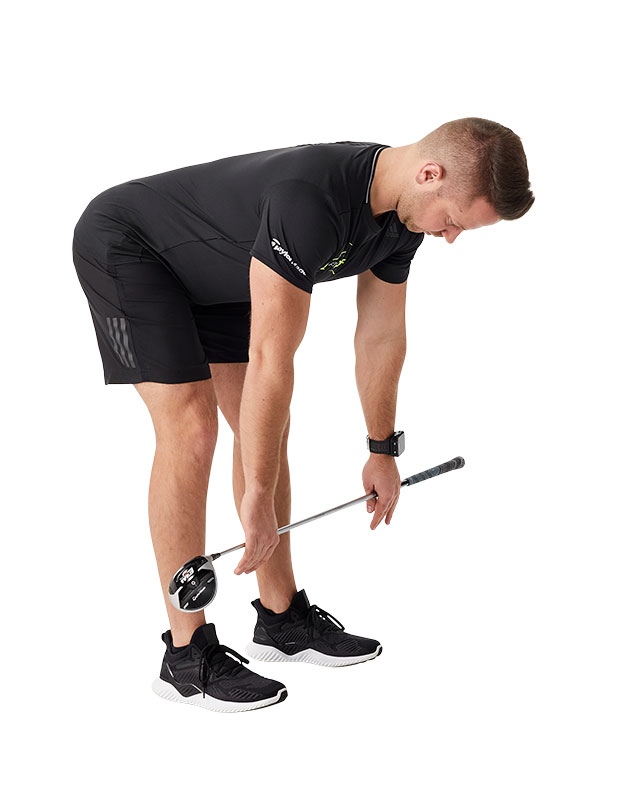
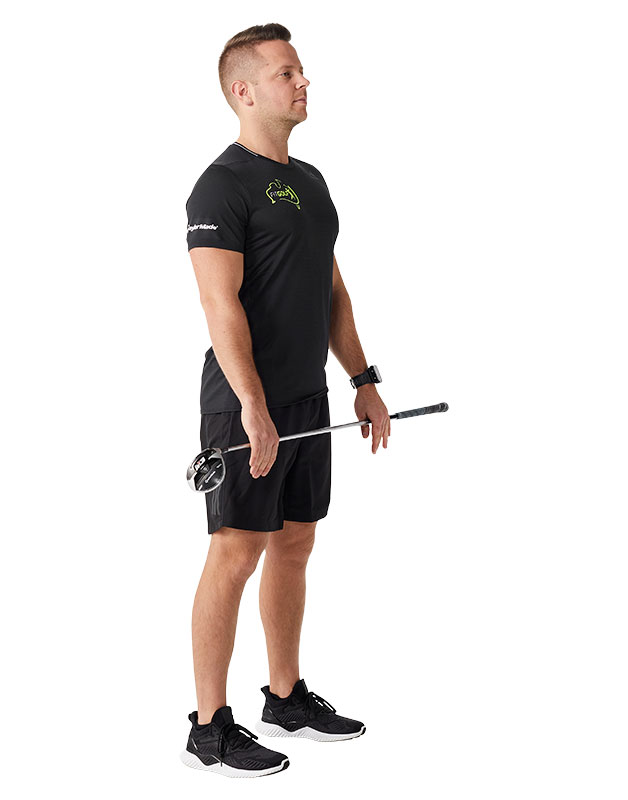
The weather can be extremely cold at coastal links golf courses. While warm-ups are always critical, the need for a solid warm-up routine is even greater when playing in cold conditions. Try these exercises before you play to perform at your best and reduce the risk of injury on those cold mornings.
To have a personalised program created for you based on your needs, contact Fit Golf to have a physical assessment and your own tailored program. E-mail [email protected] or head to fitgolf.com.au for more information.
 With nearly 20 years’ experience as a player, Oliver Yourn’s interests now lie in helping other golfers achieve their goals through specialist golf fitness programs and training. As a strength and conditioning coach, he has worked with Asian Tour and tier 1 Australasian Tour professionals. See FitGolf.com.au for more.
With nearly 20 years’ experience as a player, Oliver Yourn’s interests now lie in helping other golfers achieve their goals through specialist golf fitness programs and training. As a strength and conditioning coach, he has worked with Asian Tour and tier 1 Australasian Tour professionals. See FitGolf.com.au for more.



